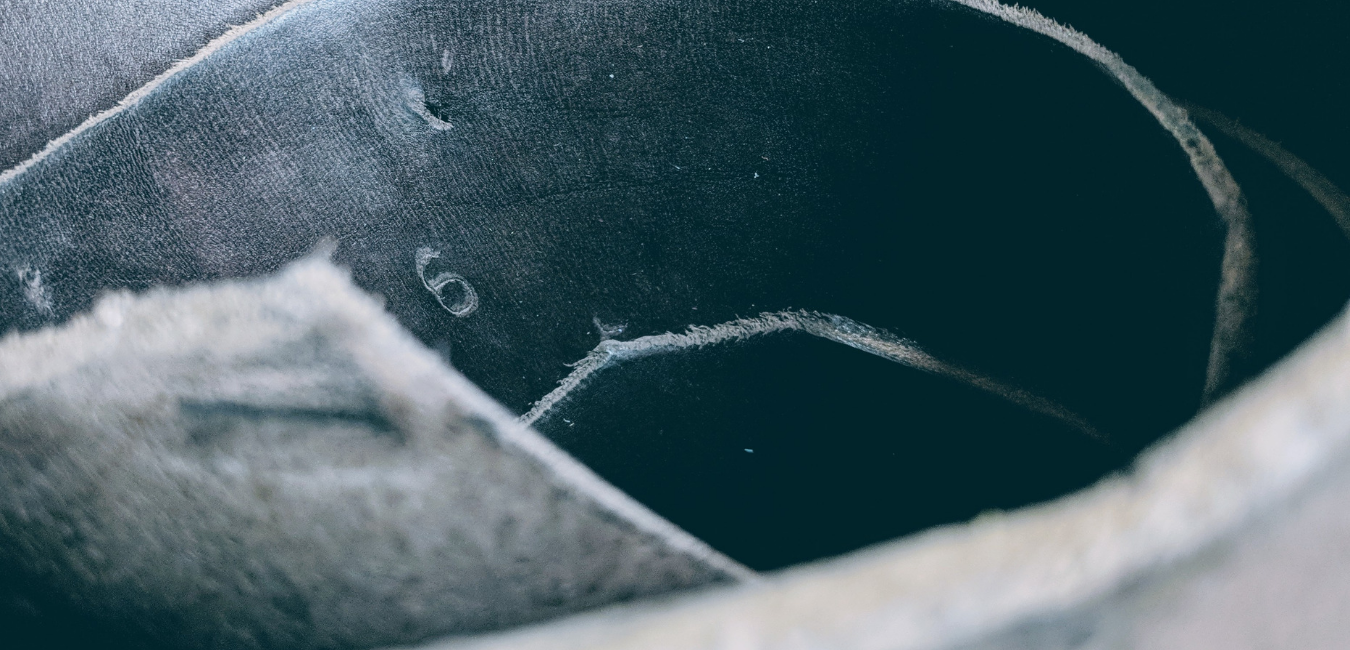Leather 101: How is Leather Tanned


Looking for a little more in-depth knowledge of the different tannages? Keep on reading!
Vegetable Tanned- This tanning process is ancient. There are records of it in scrolls from ancient Egypt! There are few tanneries left today that do this kind of tanning, but most of the ones that do have been at it for 100+ years. Most of these tanneries hold their tanning formulas close to the vest as they are the same formulas they been using through several generations.
This is a long tanning process that can take several weeks to months. This is why you will see that the cost tends to be more than other leathers. The leather produced tends to be stiff, but flexible. While it can come dyed, you will typically see it in a natural, buff color.
Chrome Tanned- Created in 1858, this tanning process is much newer than veg tanning. This process became popular due to the quick turnaround. An entire shipment of hides can be tanned, dyed, and finished in as little as a day. That speed is what led to this being the most widely used tannage today.
This quick process typically produces soft and supple leather in a wide variety of vibrant colors, perfect for clothing, handbags, and more! The majority of the leather in our shop is Chrome Tanned.
Oil-Tanned- This is one of our most popular leathers! It starts out as chrome tanned but then goes through a process where the hide is packed with oil and wax which gives it its distinctive hand feel. The process makes the leather more supple than the chrome tan it started out as.
Brain Tanned- This tannage is an old traditional way of tanning hides. It is said that every animal has enough brain matter to tan its hide. Which is how this tanning got its name. Once upon a time, in the vein of using every part of an animal, the brains were used to tan the hide. Once the hide had been tanned, it would be placed over a fire to dry and smoke the hide. Nowadays, the chemical process is man-made, mimicking the natural formula, but the hides still get smoked giving this leather its distinctive smell and color.
Chrome/Veg Re-tanned- This refers to chrome tan being re-tanned into veg. Most of the chrome (but not all) is striped from the hide and then re-tanned in the traditional veg tan method. This is not desired by most leatherworkers as it doesn’t dye, tool, stamp or cut the same as a true veg tanned leather. Veg/Chrome re-tanned is the opposite of this process as the leather starts as a Veg, then is chrome tanned to soften the leather. This was originally how Oil Tanned leather was made, though most tanneries no longer do this method. We do not carry this type of tannage.
Latigo-This tannage is what is known as re-tanned or combination tanning. It is first chrome tanned, then tanned again using the veg tanning process. This creates leather that is more pliable like chrome tanned but with some of the rigidity of a veg tan.
Tawing (Alum) Tanned- This is another very old method of creating leather. The hide is prepared with a number of materials, most notably Aluminum Salts (Alum). The hide can be treated simply by soaking it in the mixture and then allowing it to air dry for several weeks. Tawing generally produces bright white leather. We do not carry this type of tannage.
However, since this method does not produce leather that remains stable when wet, it is technically not tanning. Some leatherworkers have found that leather sheaths made with Alum tanned leather will rust their knives due to the fact that it will hold moisture. We do not sell any leather produced with Alum here at The Leather Guy.
Rawhide- This is another type of leather that has not been tanned. It has had the hair removed and been cured. It becomes pliable once again after being soaked in water which allows it to be molded or shaped.
Each of these is someone's favorite and each can be used for a wide variety of projects. If you are just starting out, it doesn't hurt to try each one. You may find while you prefer one type for the majority of your projects, another might just be able to help you finish a project you were stuck on! What kind of leather is your go-to and why?

